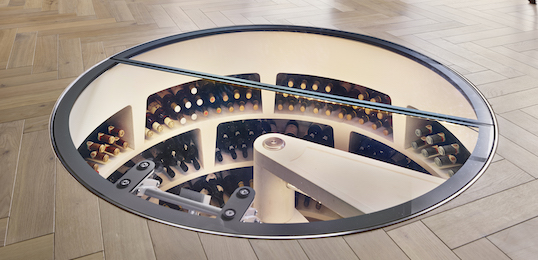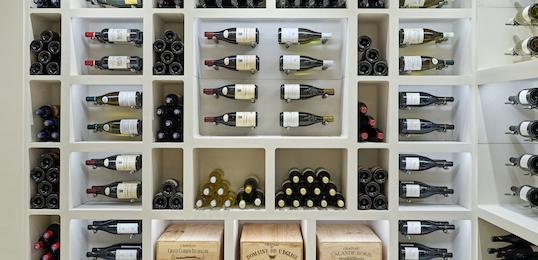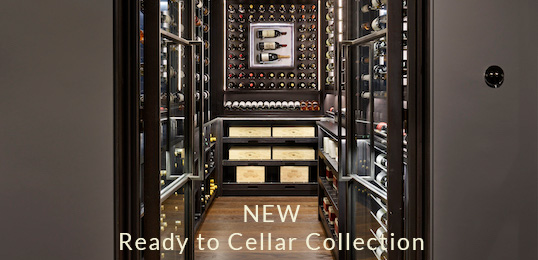As with many fine things in life, the wine industry has undergone a plethora of change over the previous few decades. From the rise of new tastes to the methods from which wine is produced, the industry has grown in many new and exciting ways. Understanding these trends and quantifying them as a producer is extremely important, as it keeps your winery ‘on-trend’, but it is also important as a consumer.
So, what have been the rising and falling trends of the wine industry over the past few decades?
Stronger Alcohol Content
For many, the alcohol levels in wine may not be an everyday consideration. For the professional wine taster, the natural instinct to discharge the wine after tasting removes the worry over the alcohol content in many cases. However, for the average wine connoisseur enjoying a glass of wine, it could mean careful consideration of the alcohol content.
Once, it was typical that the alcohol level was around 5%, but it rose to 20% for fortified port wines and the like. More and more, it is becoming common for wine levels to exceed the 10% mark in a typical bottle. A study regarding these rising alcohol levels was conducted, to deduce whether or not this increase in alcohol was a natural occurrence or not. The sharp increase was thought to be a man-made occurrence. Which leaves a rather obvious question: why?
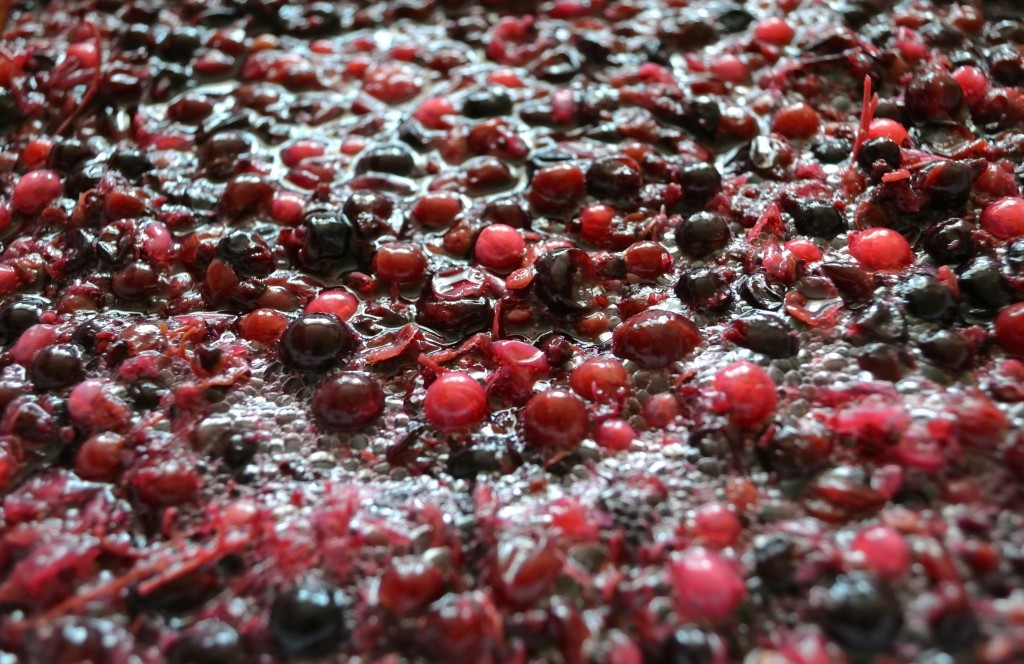
This seems to be, largely, as a result of changing consumer preferences and the way that experts rate wine. Riper tastes, lower acidity and the desire for soft tannins has meant that many producers have begun to pick their grapes much later than they once did. This is a trend that is particularly common in New World wines, though closely followed by their Old-World counterparts. This means that the alcohol levels have risen alongside the more attractive flavours of the later harvest.
It seems that, to enjoy the delicate flavour balance that wine producers are perfecting at the moment, then the higher alcohol level is something that wine connoisseurs will have to accept as a necessary evil.
Rosé
Over the past decade, there is one wine that has seen a meteoric rise: rosé. The rising sales and preference for this style of wine is a trend that is largely down to the average wine consumer. At one time, this wine was a pleasant relief after a long summer day sat in the sun. Now it is enjoyed year-round and across the world.
As much a traditional wine as red or white – having been enjoyed for centuries across Europe – it was an American sweetening of the White Zinfandel which caused rosé to become extremely popular in the mass wine market.
The Zinfandel found on the market is actually a happy accident. Sutter Home Winery, California, experienced a ‘stuck fermentation’ in the late 1970s, an issue which occurs when yeast dies out before all of the sugar can be consumed. This was put aside, but when tasted some weeks later it had produced a fine slightly pink wine that was preferred to the actual wine it had been destined to become. Thus, the White Zinfandel we know today came to be.
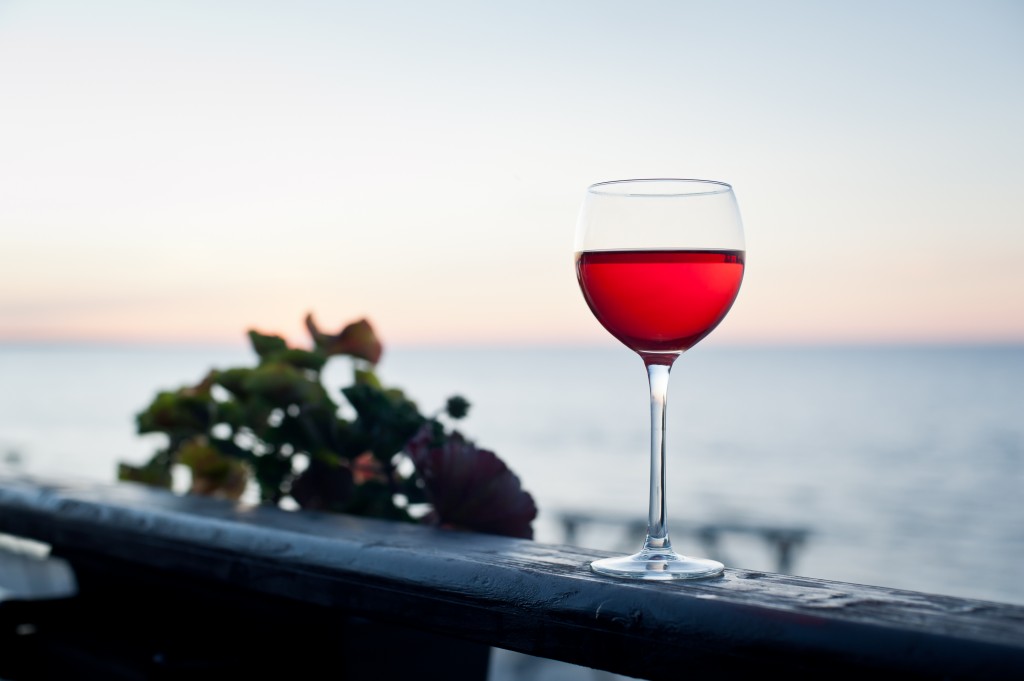
However, there has been a move away from this sweeter Zinfandel to a crisper dry rosé wine of more traditional wineries. Blush wines are still on the sweeter side of the scale, but overall there is more enthusiasm for a rosé that is less numbing on the sweet tooth. Last summer, sale of the rosé wine doubled across the UK – though many attribute this to the popularity of the frosé cocktail.
Wine cellars are ideal for storing your wine throughout the year no matter what trend is on the rise and, at Spiral Cellars, we offer a wide range of wine rooms, wine display cabinets and cellars sure to fit your requirements. Contact our team on 0203 815 3329; we are always happy to answer any query you might have.
